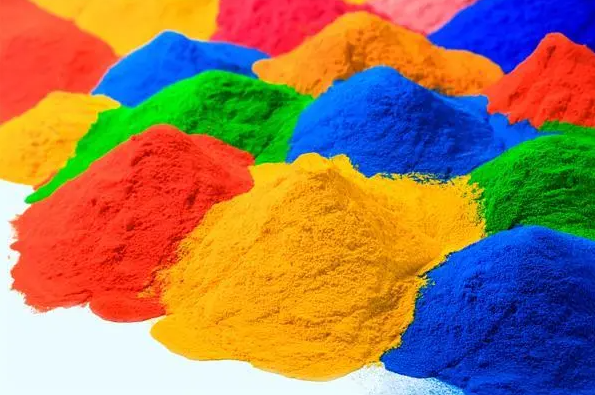Can You Powder Coat Everything?

Powder coating offers a fantastic and durable finish for many objects, but it's not suitable for everything. Here's a breakdown of what can and can't be powder coated, along with the reasons why:
Suitable Materials for Powder Coating
l Metals: Powder coating excels on various metals due to their excellent electrostatic attraction to the charged powder particles. This includes steel, aluminum, stainless steel, and even some metal alloys. Common applications include appliances, automotive parts, furniture, and electronics.
l Some Plastics: With proper pre-treatment and material selection, some heat-resistant plastics can be powder coated. This can be beneficial for applications requiring a durable and colorful finish on plastic components.
Materials Not Ideal for Powder Coating
l Heat-Sensitive Materials: The curing process for powder coating involves high temperatures (often between 300°F and 400°F). Materials that cannot withstand these temperatures, such as some plastics, rubber, wood, or fabrics, will melt, warp, or become damaged during the curing process.
l Large Objects: The size of the object can be a limiting factor. Many powder coating booths have size limitations, and oversized objects might not fit inside the chamber for even coating.
l Items with Complex Geometries: Objects with intricate shapes, deep pockets, or tight corners can be challenging to achieve a uniform and complete powder coat. This is because the powder particles may not reach all areas effectively during the application process.
While powder coating can't be applied to everything, it remains a versatile and popular choice for many materials. By understanding the limitations and considering factors like object size and pre-existing conditions, you can determine if powder coating is the right fit for your project. If not, there are alternative finishing methods available to achieve the desired outcome. You might also want to know How Do I Care for Powder Coated Surfaces?
- Art
- Causes
- Crafts
- Dance
- Drinks
- Film
- Fitness
- Food
- Jogos
- Gardening
- Health
- Início
- Literature
- Music
- Networking
- Outro
- Party
- Religion
- Shopping
- Sports
- Theater
- Wellness


